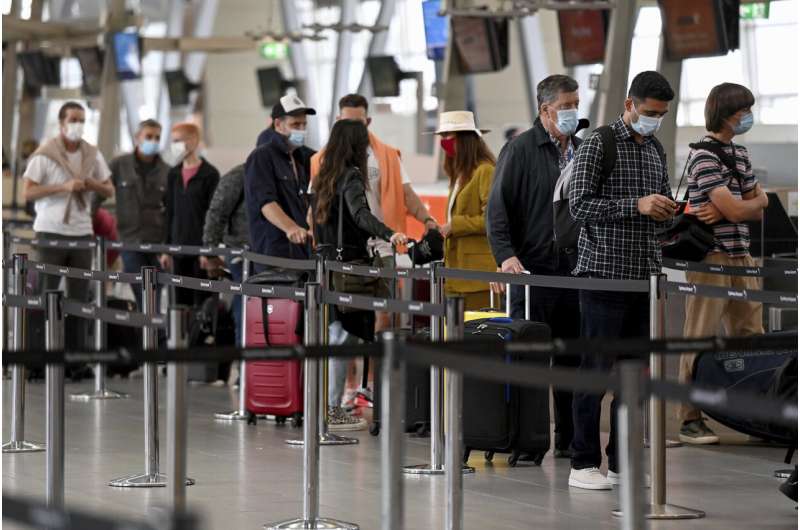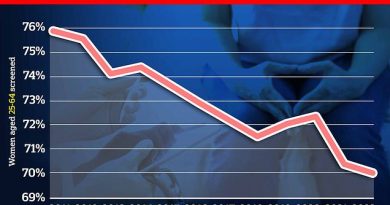Western Australia sets 90% vaccination target for reopening

While people are now able to travel freely in Australia’s more populated east, COVID-19-free Western Australia will maintain its tight restrictions into next year, state leaders said Friday.
Western Australia is the largest state, covering a third of Australia’s land area. It also has the nation’s lowest vaccination rates, in part because the state has had few infections and life has been relatively normal throughout the pandemic.
Western Australia is the only Australian state or territory that does not intend to reopen this year. Vaccinated Australians have been free to travel the world through east coast airports in coronavirus-affected Sydney and Melbourne since Monday when a 20-month-old international travel ban was lifted.
Western Australia Premier Mark McGowan on Friday set a vaccination target of 90% of the population aged 12 and older for the border restrictions to be relaxed. The milestone was forecast to be reached in late January or early February.
McGowan said he would set a date for the state to reopen once 80% of the target population had been vaccinated, which is expected to happen in mid-December.
Once that reopening date was set, it would stand even if the vaccination rate fell short of 90% by then.
“As far as world standards go, a rate of 90% will be an amazing achievement,” McGowan said.
“Given our current vaccination rates, these targets are realistic and within our sights,” he added.
Only 63.7% of the target population in Western Australia was fully vaccinated, according to state data. Nationally, 79.6% of the population aged 16 and older were fully vaccinated, according to federal government data released on Friday.

Other states have or intend to substantially relax pandemic restrictions once 80% of their populations aged 16 and older are vaccinated.
Western Australia’s sparsely populated north has some of the lowest vaccination rates in the country.
McGowan said parts of the state could be isolated by intrastate borders if their vaccination rates continued to lag. Such areas include the Pilbara region where the nation’s lucrative iron ore mining operations are based.
“Cutting off the Pilbara, or any region for that matter, is not something I want to do,” McGowan said.
“But if that’s what is required to protect the local community and local industries, then we will take that step based on the health advice at the time,” he added.
Government modeling showed that reopening that state at the 90% vaccination benchmark rather than 80% would mean COVID-19 cases occupying 70% fewer hospital beds, 75% few intensive care beds and 63% fewer deaths, McGowan said.
“The difference in easing border controls at 90% rather than 80% is 200 West Australian lives are saved,” McGowan said.
If the state falls short of the 250,000 additional people it needs to get vaccinated to reach the 90% target, additional pandemic measures will be required on the date it reopens, McGowan said.
Western Australia has accounted for only nine of Australia’s 1,781 COVID-19 deaths.
Source: Read Full Article



